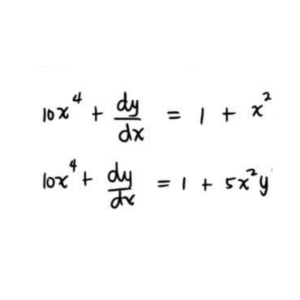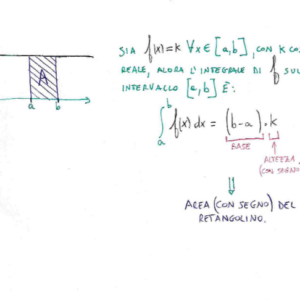
Difference between Energy and Power
Understanding the difference between energy and Power is essential because they are two concepts that are often confused but very different. I will explain it to you in a technical but simple way in this article. Electric Power Electrical Power is the rate at which energy…







